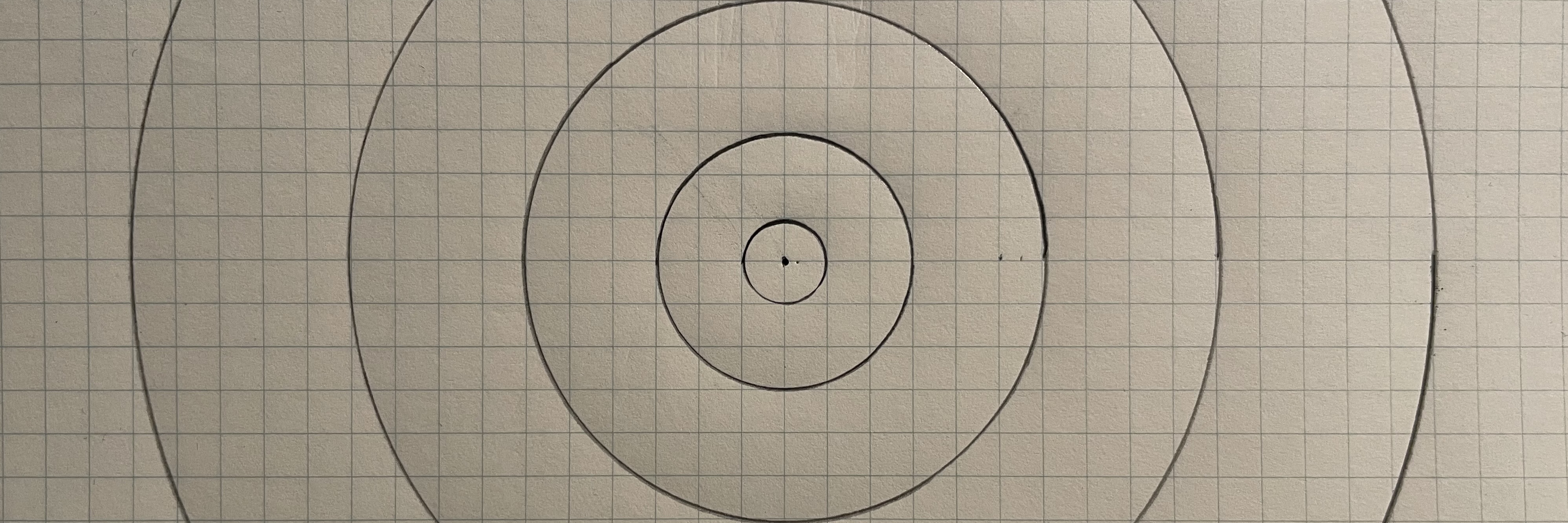At the end of this section, you’ll find a list of posts discussing how to consistently improve your songwriting.
This list includes posts about the fundamentals, like
It also includes more advanced topics, like
There are many techniques for writing melodies, but nothing can substitute for the inner store of melodies you develop as you grow as a songwriter.
Thinking in bars allows you to better understand how structure is built up in songs. This will help you write stronger melodies, and improve melodies that seem to be going nowhere.
Whether you're new to writing melodies or looking for new approaches, musical centering is a relatively simple exercise worth trying.
Let's look at some relatively simple techniques for writing a chord progression. These techniques alone can generate countless songs.
Which guitar chords should you learn if you want to write songs? A handful of basic chords and a capo open up endless possibilities.
Are your chord progressions sounding stale or repetitive? Are you looking for new sounds? Borrowing chords is a great way to expand your options.
Minor key progressions can be trickier to write than with major. Let's look at some practical frameworks you can use for writing your own minor key songs.
Understanding how to write major key chord progressions provides a foundation for your songwriting, no matter where you want to go with it. And you only need to familiarize yourself with six chords.
Sometimes songwriters place a section in between verse and chorus to build tension and add interest. It's called the pre-chorus.
The bridge shifts our perspective and takes us to a new place. Let's look at how it does this.
There are many ways to write a chorus, but we'll look at 3 great ways to get started.
A good chorus normally hooks the listener and presents the core idea of the song in a memorable way. Let's see how.
The verse is the narrative backbone of your song. Let's explore some great ways to write verses!
Let's explore the characteristics of song verses. Understanding the details will help you improve your own songwriting.
We'll look at one way to write a complete song from scratch. A simple songwriting template can be useful to get started.
Just as the V pulls toward the I, and the ii pulls toward the V, so does the VI7 pull toward the ii. Let's look at how to created an extended tunnel from these chords.
We've seen how to establish a sense of home. Today we’re going to enter a portal to another world: the world of chords outside the home key.
In this series, we'll look at a variety of secondary dominants and provide exercises you can use to integrate them into your songs. Let's start by considering the magnetic power of seventh chords.
In the third installment of the Light and Shadow mini-series, we look at a strange technique that is sure to bring about surprising results.
In the second installment of the Light and Shadow mini-series, we’re going to go deeper into the idea of writing separate light and shadow parts.
The interplay of light and shadow will help us create interest and surprise in our songs. Today we’ll look at one of the simplest ways to create contrast.
Let's explore the power of the iii chord to shift the mood of our song. We’ll use this as an opportunity to explore the idea of musical questions and answers.
We're going to add another to our arsenal of shadow chords, the ii, and look at how it can be used to create a kind of magnetic tunnel back home.
In today’s exercise, we’re going to get courageous and explore a whole new environment: the shadowy, mysterious world of the vi (or relative minor) chord.
We can think of the I, IV, and V together as our immediate neighborhood. But changing to IV can feel like starting out on a longer journey.
The most common way to return home musically is to use chords that pull toward the I. And the chord with the strongest magnetic pull home is the V (or dominant) chord.
We’re going to start with the simplest possible chord progression possible: a single repeating chord. This will clearly establish a harmonic home.










